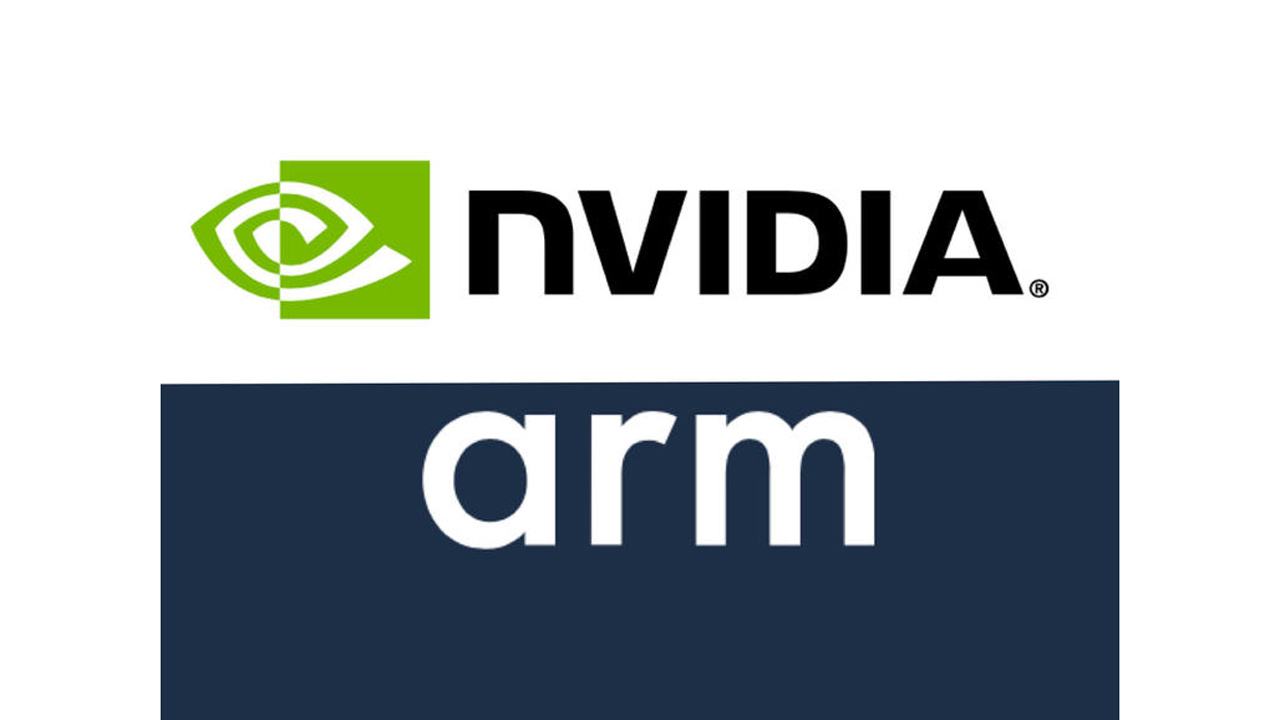At this week’s Game Developers Conference (GDC), NVIDIA revealed a pair of new technical demos pairing its GeForce RTX technologies with an Arm-based MediaTek processor to show how advanced graphics can be extended to a broader, more power-efficient set of devices.
The demos mark the latest milestone in a journey to bring advanced graphics to Arm-based systems.
Ray Tracing and DLSS on Arm for the First Time
The two demos include Wolfenstein: Youngblood with real time ray traced reflections and DLSS on an Arm-based platform for the first time ever. NVIDIA also showed The Bistro demo running with real-time ray tracing on Arm, with RTX Direct Illumination (RTXDI) and NVIDIA Optix AI-Acceleration Denoiser (NRD) enabled.
The demos are running in real-time on a MediaTek Kompanio 1200 Arm-based platform paired with a GeForce RTX 3060 GPU.
The two demos are made possible because NVIDIA has ported several RTX SDKs to work on Arm devices, including:
- Deep Learning Super Sampling (DLSS), which uses AI to boost frame rates and generate beautiful, sharp images for games.
- RTX Direct Illumination (RTXDI), which lets developers add dynamic lighting to their gaming environments.
- NVIDIA Optix AI-Acceleration Denoiser (NRD), which uses AI to render high-fidelity images faster.
- RTX Memory Utility (RTXMU), which optimises the way applications use graphics memory.
- RTX Global Illumination (RTXGI), which helps recreate the way light bounces around in real-world environments.
The RTXDI, NRD and RTXMU SDKs for Arm with Linux and Chromium are available now. RTXGI and DLSS will be coming soon.
RTX has redefined the industry. Now NVIDIA is investing in new platforms where advanced graphics can be deployed so gamers have more choice.
